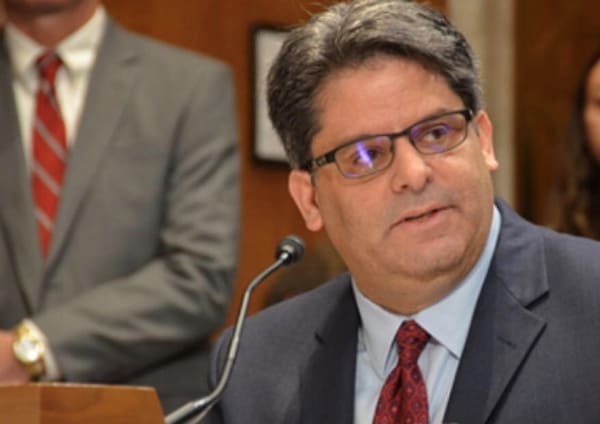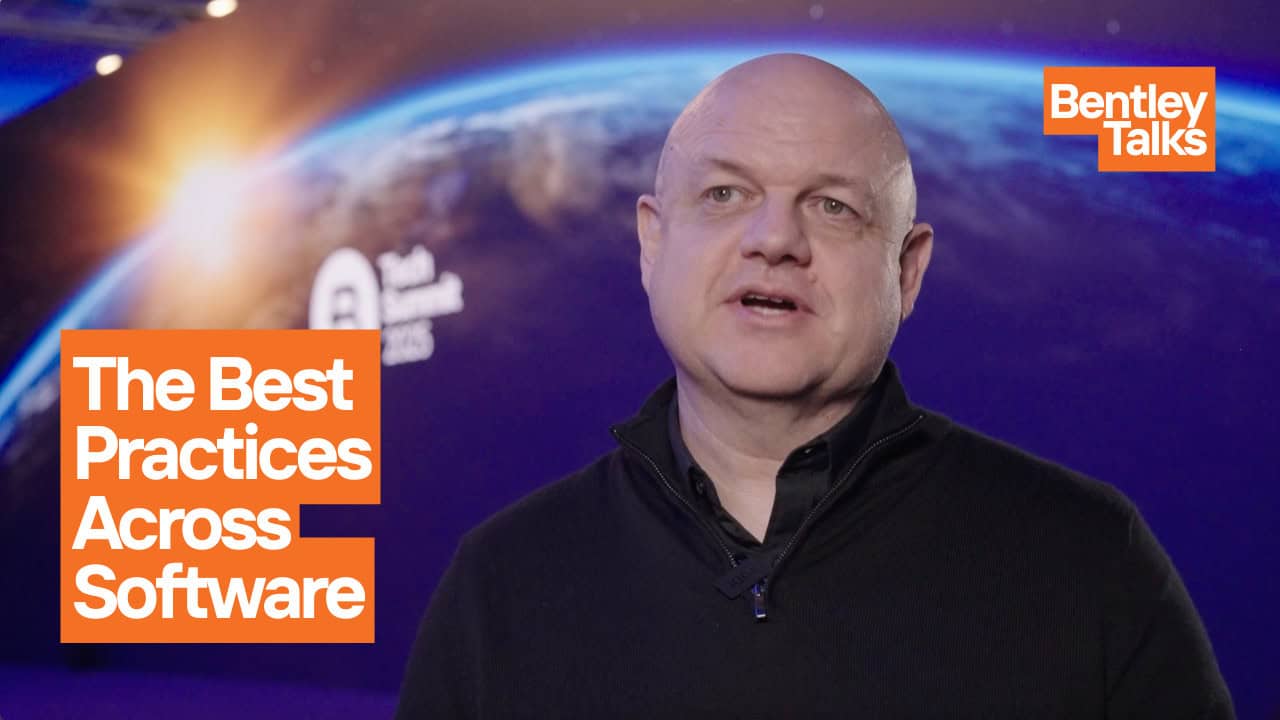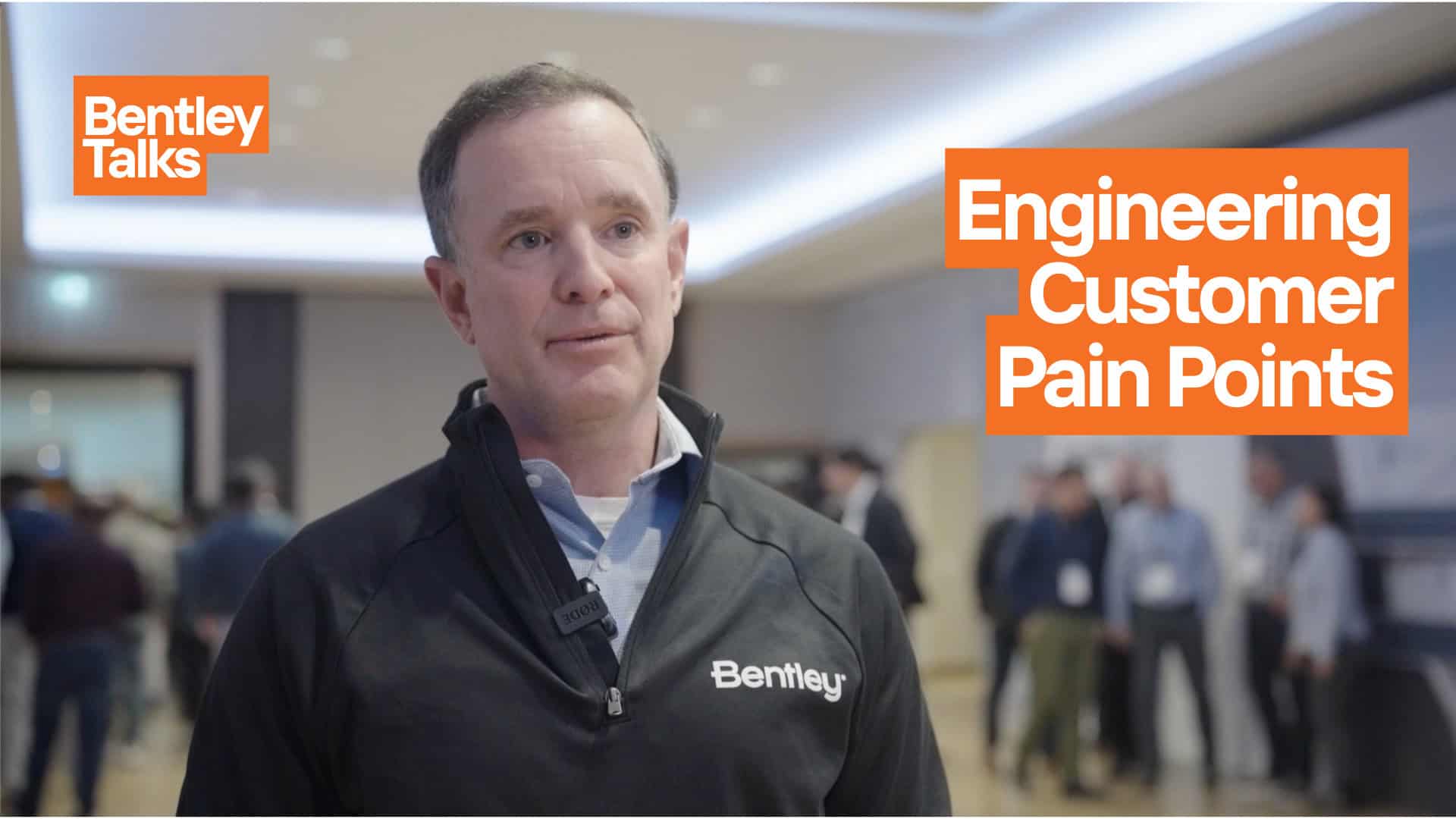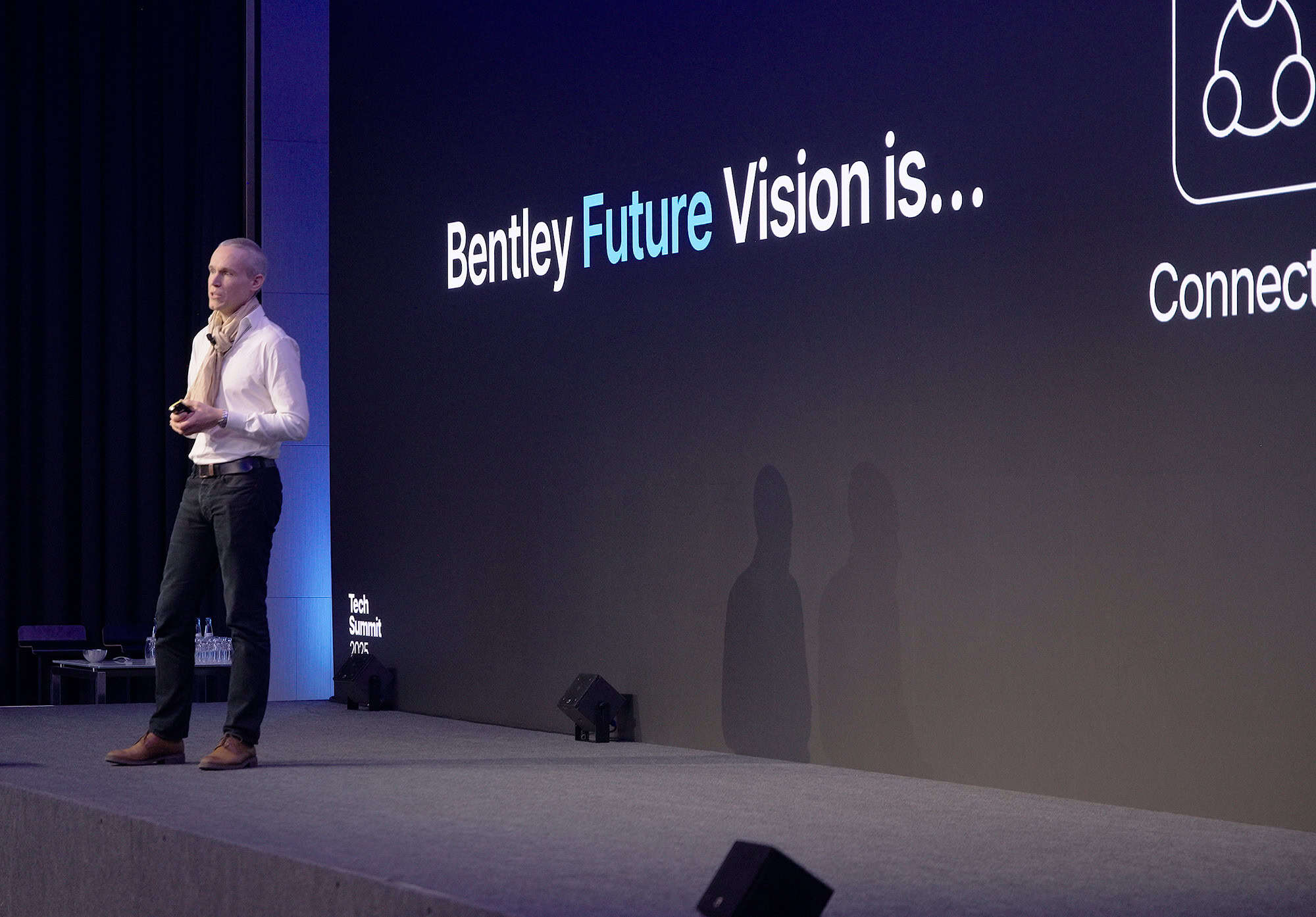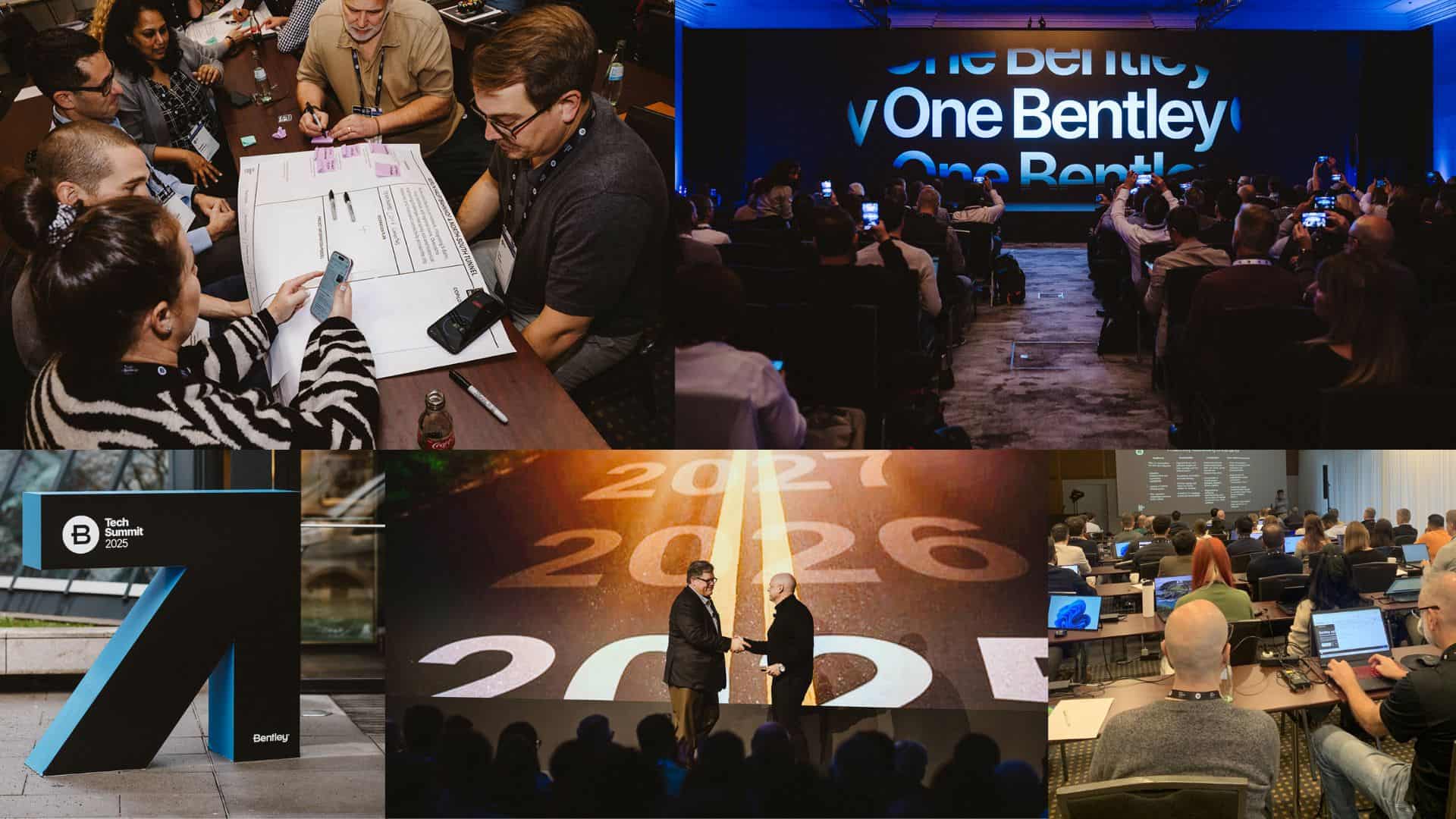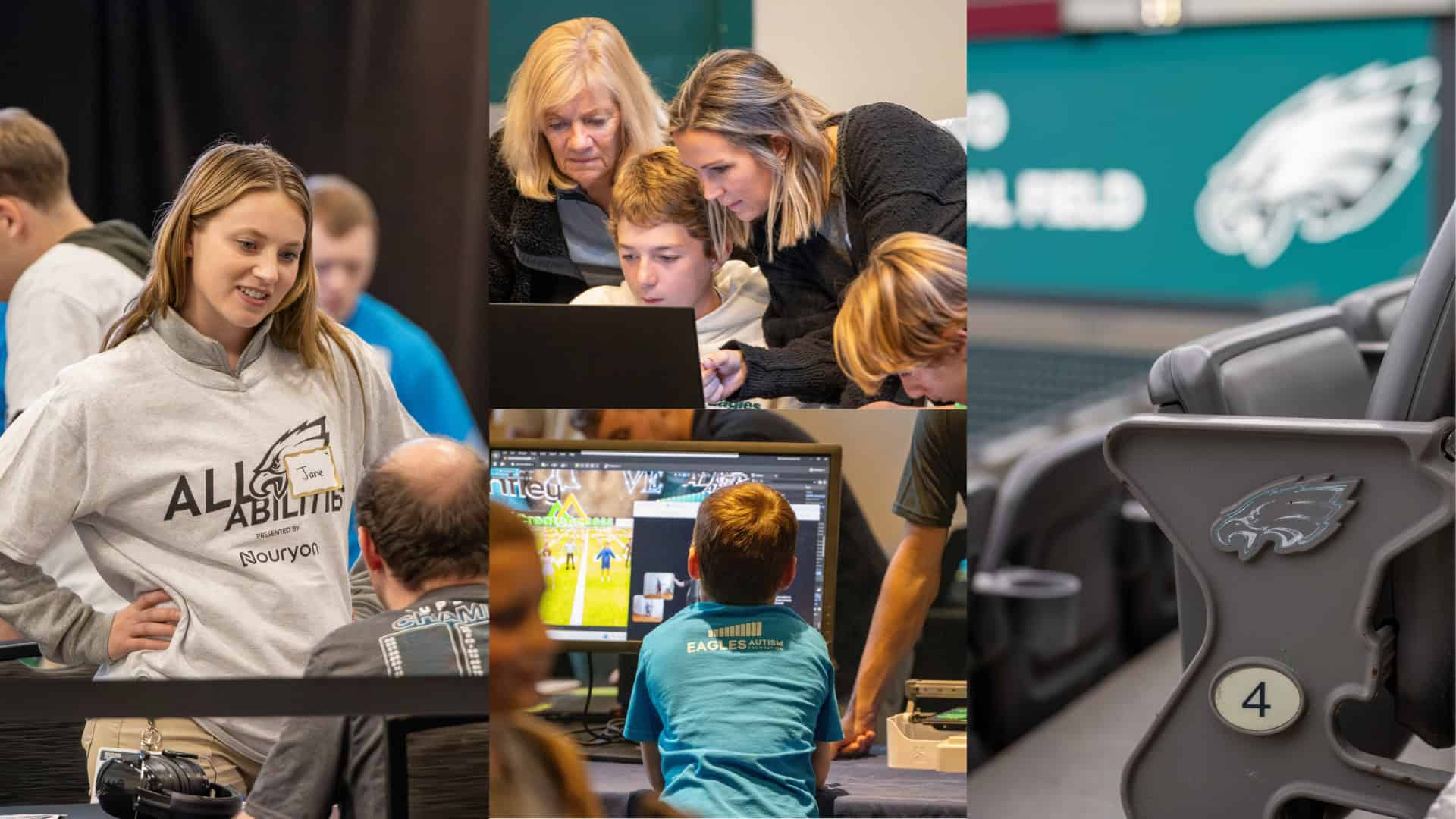 Bentley’s recently appointed senior director of North American transportation Bill Panos.
Bentley’s recently appointed senior director of North American transportation Bill Panos.William “Bill” Panos began his career in aerospace technology. He never envisioned that his resume would one day include serving as director and chief executive officer of a state Department of Transportation in not just one, but two states. He also didn’t anticipate the long list of awards and honors that would accompany his work in the infrastructure sector.
Bringing four decades of experience in government and private sectors, Bill recently started a new chapter with Bentley and will serve as senior director of North America transportation. In his role, Bill will lead a dedicated team in driving the growth of Bentley’s enterprise public sector programs and transportation partnerships.
Bill’s new role with Bentley builds on his acumen and experience as a trusted advisor, committed to providing innovative solutions and pragmatic tools that will support the Bentley North America team and its users while, ultimately, expanding the benefits of infrastructure to communities across North America.
Before joining Bentley, Bill was a member of governors’ cabinets in two states, as director and chief executive officer for the North Dakota Department of Transportation (NDDOT) and the Wyoming Department of Transportation (WYDOT). He also served as a director for the City and Port of West Sacramento, California, as construction executive for the state of Washington, and as a state agency director for the Commonwealth of Massachusetts. His private sector work included serving as vice president and senior director for management consulting, energy advisory services, and integrated risk management at Gannett Fleming and as group manager at TRW Automotive Group.
Bill recently shared insights about his career, the transportation sector, and technology adoption. The discussion has been edited for length and clarity.
Tell us a bit about what led you to Bentley.
My career started in the aerospace and national security business. The work that we did helped protect people in the United States and in other parts of the world. I enjoyed being involved with something that has such a tremendous impact.
My experience in the infrastructure sector began in earnest, though, while working as a special advisor for infrastructure with the Cal State University System. I directed the university’s response to the Loma Prieta earthquake and led the effort to build their campus at Monterey Bay as part of that response. Doing that work in my home state—I’m a fourth-generation Californian—was remarkable, and it left an indelible mark.
Since then, I’ve held several roles in both the public and private sectors, with a significant chunk of the last decade serving in leadership roles with state DOTs. During this time, I was also fortunate to serve as president of the American Association of State Highway and Transportations Officials’ (ASHTO) Western Region.
Core to my work has been a passion for helping organizations transform and solve complex problems using integrated systems. I’ve always worked with engineering organizations, and I’ve always been focused on technology.
Joining Bentley is both thrilling and purposeful. Bentley has a long history of helping to solve the transportation sector’s toughest problems with innovative technology. It feels like a natural fit.
Thanks to a long list of benefits, DOTs are advancing toward digital delivery. What do you view as the greatest opportunities associated with this shift?
DOTs and their partners have seen how technology has advanced the industry from traditional blueprints to CAD, and now all the way to digital delivery. For many, they are keeping up with these changes, but they’re not all mastering them.
I view speed as one of the greatest benefits that technology can bring to DOTs. I remember blueprints. The blue lines, ammonia-filled rooms full of hundreds of hundreds of duplicating machines, producing blueprints for projects, and you’d have to go down and put in your order and wait two days or three days before the blueprint that you need would be ready. And many of our client organizations still remember those days.
While the industry has advanced past CAD toward digital delivery, not all stakeholders are comfortable with the pace of change. This is where Bentley comes in. I think Bentley has the potential to not only help users just keep up, but to truly master the changes required to accelerate their advancement towards digital delivery.
The other opportunity that I view digital delivery bringing to DOTs has to do with openness and integration because DOTs and their supply chains use multiple products.
Every state and province in Canada is very different. Each is unique, with its own culture, history, language, and environment. This must be considered when planning and implementing infrastructure projects. There’s always this balance between standardization and customization.
When we start from this premise that DOTs deserve to be looked at as different, in deep ways—how they fund things, how they make decisions, why they make decisions, what decisions they’ve made in the past, and what decisions they must make in the future—we can help them move along in their own way and at their own pace.
DOTs and their supply chains recognize that when implemented with an open approach, technology can play a key role in defining that balance between standardization and customization. Bentley’s approach to incorporating openness as a key part of our product vision and technology strategy really helps to fill a critical need in this regard.
RELATED: Why & How U.S. DOTs are Advancing to Digital Delivery
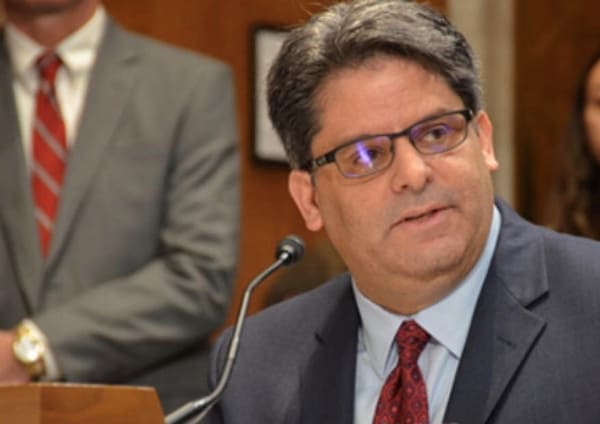 Bill Panos testifies before a congressional committee hearing on the topic of innovating America’s infrastructure to keep up with the needs of emerging autonomous technologies on America’s roads & bridges.
Bill Panos testifies before a congressional committee hearing on the topic of innovating America’s infrastructure to keep up with the needs of emerging autonomous technologies on America’s roads & bridges.Shifting gears, let’s talk about IIJA and the ADCMS grant program. What do you think that grant program means for DOTs?
These programs that fund infrastructure here in the United States are major acts passed by Congress. The Infrastructure Investment and Jobs Act (IIJA), later changed to the Bipartisan Infrastructure Law (BIL), aims to fix our roads and bridges with several initiatives. A key part of the bill, called ADCMS, was a remarkable accomplishment. It’s really the first time that a discretionary program specific to technology is being made available.
Past grants had technology components, but there have not been any grants that exclusively recognize technology as something that needs to be paid for. Receiving help from the federal government is a milestone for DOTs and the industry.
Let me make one more point about ADCMS. The program helps DOTs not only develop valuable technology programs from an engineering standpoint but also focuses on technology that adds a bit of a wow factor to the work. Artificial intelligence, the Internet of Things (IoT), and our ability to sense and process information—it’s quantitatively greater than ever. Qualitatively, with predictive analytics, it’s also helping to do better work than ever before.
That’s all very cool. And if I’m a young person, that’s where I want to be.
What do you view as Bentley’s biggest differentiator?
To me, it boils down to Bentley having a strong orientation to, and understanding of, the impact that our software has on quality of life. Bentley really understands that the technology being developed is going to help entire organizations, their clients, and their supply chains. Most importantly, we understand that our technology has a broader impact on communities.
That strong orientation manifests itself in the form of a strong connection to our users which flows through to our solutions and, quite frankly, permeates every facet of the business.

